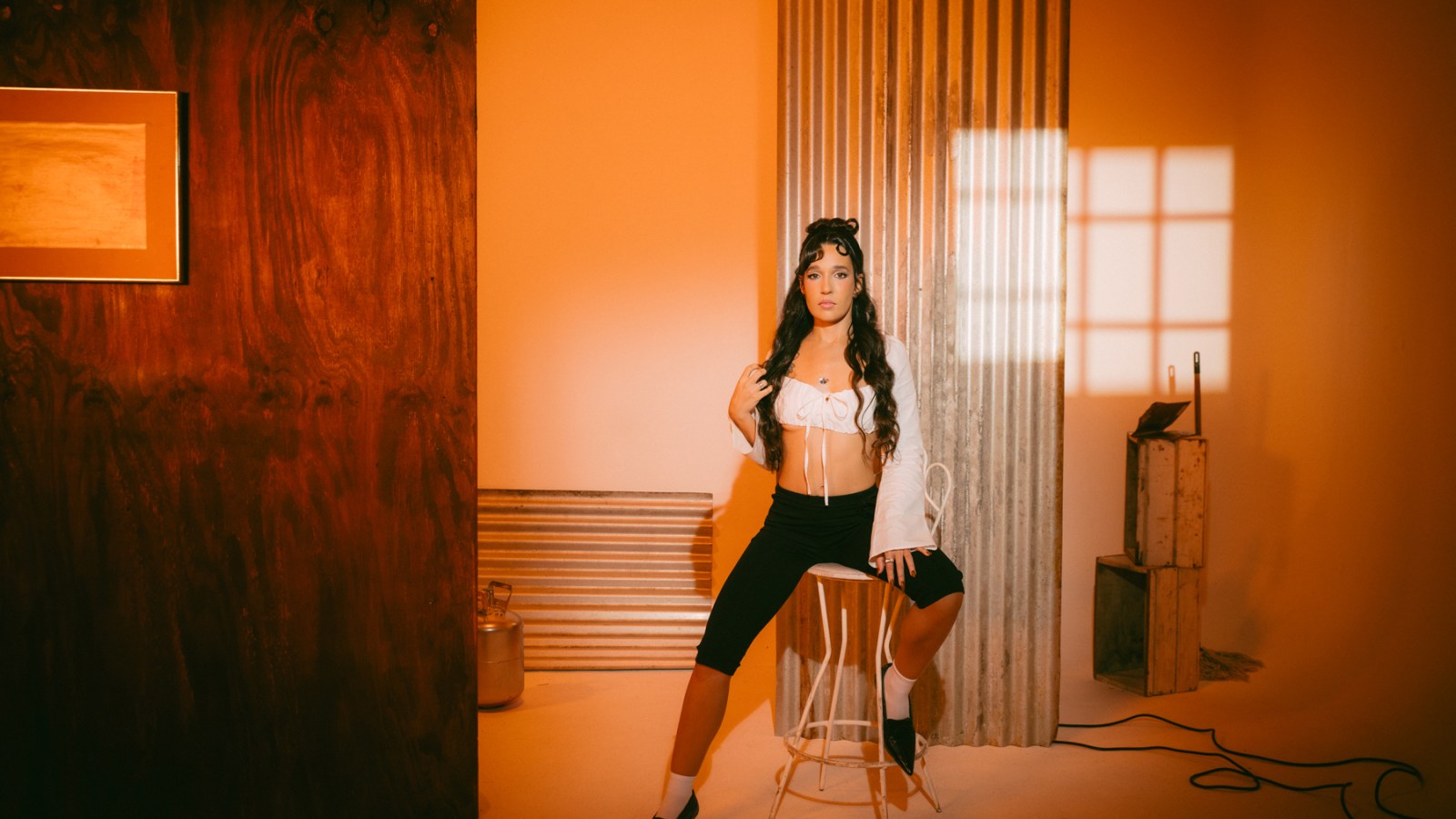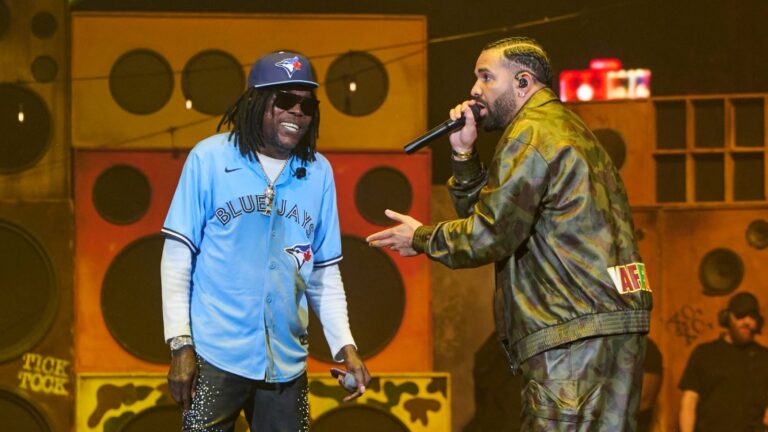When Puerto Rican singer iLe was 13, her parents got a divorce. Even though she remained on good terms with both of them, the experience left the future Calle 13 star confused. As she got older, she developed a taste for the torrid, lovelorn boleros that have always occupied a place of honor in the Afro-Caribbean canon, performed by such tropical icons as Celia Cruz and Tito Rodríguez.
“In a weird way, I was processing my parents’ divorce, and I connected with the intensity of the more spiteful songs,” she says. “I realized there was a lot of rage in those tunes, and that you could express a lot of different feelings through them.”
iLe’s latest album, Como Las Canto Yo, is a tribute to her obsession with the bolero mystique. Recorded in a sudden burst of creativity, the session allowed iLe a break from her fourth album of original material — a process that she was struggling with.
At a time when homages to retro Latin genres have become a cliché, Como Las Canto Yo succeeds by subverting expectations. iLe had delved into bolero territory on “Dolor,” a duet with Cheo Feliciano included on her 2016 debut, iLevitable, and her recent collaborations with Texas tastemaker Adrian Quesada explored the psychedelic balada of the early Seventies.
Her new album forgoes the lush trappings of an orchestral backing in favor of a grittier aesthetic: She is accompanied by a small combo, with the rough strains of electric guitar as the lead instrument. Her voice unleashes a sentimental whirlpool of longing, betrayal, and post-breakup rage without a hint of irony. She sounds solemn on “Un Amor De La Calle” — perhaps the finest Héctor Lavoe cover ever recorded — and scornful on a delightful “Puro Teatro,” the Tite Curet Alonso classic made famous by La Lupe. She also references her family’s long standing musical tradition by including “No Te Detengas,” a sensuous bolero penned by her grandmother, Flor Amelia de Gracia Barreiro.
From her home in Puerto Rico, iLe spoke to Rolling Stone about the key to preserving the essence of her favorite tunes, and the sweet bolero melodies that can transport you into another world.
You mentioned that you fell in love with boleros as a teenager. At the time, did you have anyone to share that passion with?
My brother Gabriel went through a phase when he listened to tons of heavy metal, but later became a salsa and bolero freak. I’ve always shared that world with him and my father. My dad still sends me emails with songs and data that he comes across. He’s the kind of person who’s always researching the hidden connections and the cultural background. It’s really cool to dive into that kind of quest, as it helps you to better understand the music.
I remember listening to Burt Bacharach as a child, and imagining what being in love would feel like. Did boleros help you negotiate the concept of romantic love?
Yes, but not from a romantic place… Sometimes, in the heat of the moment, you want to yell all sorts of profanities. But when a song conveys those feelings with melody, elegance and style, it’s deeper, and more powerful.
I love that the record is guitar-based, but the guitars are anything but gentle. They sound dirty and textured.
My priority was to never lose track of the essence. I didn’t want the guitars to sound jazzy, or seamless. The arrangements are streetwise. It helps that most of the guitars were done by musicians who play in my band. We also enlisted a Chilean player, Martín Silva, and I made sure to tell him that we didn’t want anything sounding perfect. I wanted it to feel like a live record, as raw and transparent as possible.
Which brings me to your vocals. I’ve never heard you sing with so much passion.
That was the biggest challenge. Once we were done with the instrumental side, it was my turn to try and match the artistic height of the material, honor my personal references and give meaning to the very reason why I started the project. You spend years listening to a favorite song, but when it’s your turn to perform it, the perspective shifts. Wait a minute. What is it that I love about this? Why do I want to sing it? At this point in my life, I realize that sounding exactly like my favorite interpretation of a tune is not even possible. I’m just trying to connect with the story. There is the implied responsibility of treating these songs like the gems that they are.
The instrumental melody on the chorus of “Piénsalo Bien” sums up the hallucinogenic spell of boleros.
That melody transports you to another dimension. It was in Bobby Valentín’s arrangement, and I loved it so much, I decided to keep it. I like the earlier version by [Cuban crooner] Vicentico Valdés, but the Bobby Valentín recording is much better. Even though we changed the instrumentation and the melody is now played on the guitar, I wanted to keep the energy of a specific moment that I treasured as a fan.
Can we talk about the emotional breadth of boleros? “Pepito” is childlike and playful. “Un Amor De La Calle” is bitter and tough. Those are strikingly different moods.
Yes, they’re not all elegant or formal. Some of them are boleros tóxicos, because they talk about love in such harsh and possessive terms. When I sing them, I’m transported to a different era. The lyrics can confuse you, too. They describe something in such beautiful and poetic terms, but suddenly you’re singing them and realize they reflect a horrible emotional world. I wanted to explore that side. The toxicity of the relationships, the confusing aspects of romantic love.
Last time we spoke you sounded a bit uncertain about your next album of original songs. Did the bolero detour help?
I always get a bit stuck with my projects, and this definitely helped. I never imagined that I would grow so much from making a covers album, but it was such a learning experience. It was important to reconnect with a musical corner that has been such a big part of my life. I don’t really know how this album came to me. Maybe it was meant to appear and allow me to continue my next project with a different attitude.



